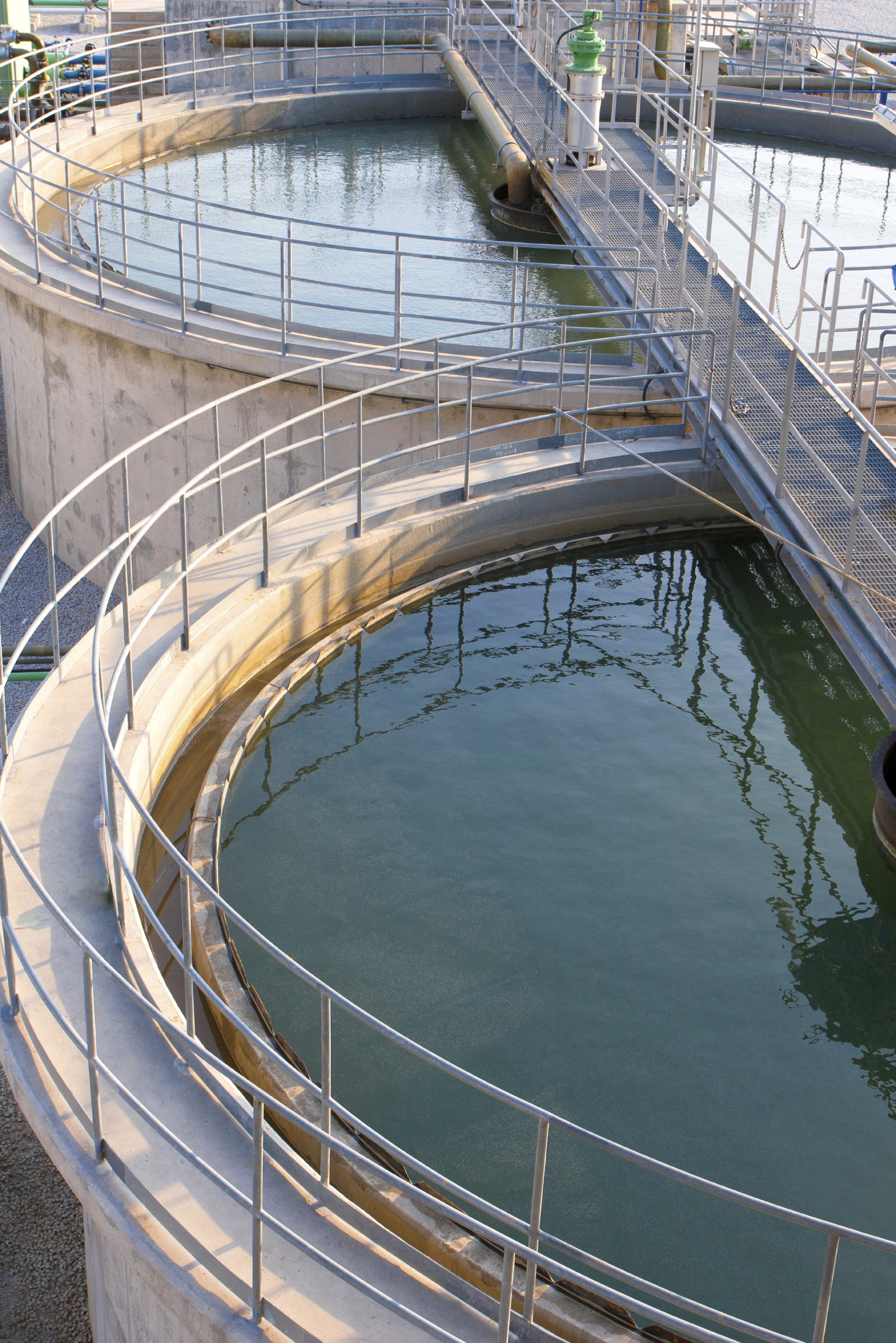The EPA’s SPCC Guidance for Regional Inspectors (Guidance) notes that the applicability of the Agency’s Spill Prevention, Control, and Countermeasure (SPCC) regulations (40 CFR Part 112) to oil/water separators (OWSs) depends on the “intended use of the OWS.” One intended use that exempts an OWS from the SPCC program is wastewater treatment. The exemption means that any mixture of oil and water in an OWS that is undergoing wastewater treatment does not count toward the facility’s storage capacity. Under the SPCC regulations, any non-transportation-related facility with an aboveground oil storage capacity greater than 1,320 U.S. gallons (gal) or a buried underground oil storage capacity greater than 42,000 U.S. gal must comply with oil discharge prevention procedures, methods, and equipment requirements.

Determining the applicability of the SPCC program to OWSs at wastewater treatment facilities is a multistep process. Owners and operators should carefully review Part 112 and consult the Guidance. Below we summarize important considerations.
What are OWSs?
OWSs used to pretreat wastewater are typically standard gravity or enhanced gravity separators. Standard gravity separators are liquid containment structures that provide sufficient hydraulic retention time to allow oil droplets to rise to the surface. The oil forms a separate layer that can then be removed by skimmers, pumps, or other methods. Enhanced gravity separators allow the separation of smaller oil droplets within confined spaces. These separators use a variety of coalescing media and small diameter cartridges that enhance laminar flow and separation of smaller oil droplets that accumulate on the separator surface for removal.
Nonexempt facilities
OWSs used at facilities that produce, recover, or recycle oil are not exempt from the SPCC rule and, therefore, must be included in the storage capacity calculations.
However,OWSs used for secondary containment of oil are notincluded in the SPCC storage capacity calculations. When used for secondary containment—these OWSs are subject to the SPCC design requirements—mainly, they must be adequately sized.
In addition, a separate container storing oil removed from an exempt OWS at a wastewater treatment facility is considered a bulk storage container and must be included in the capacity calculations.
Other regulations
OWSs exempted from the federal SPCC rule may be subject to other federal, state, and local regulations. For example, many exempted wastewater treatment OWSs must comply with the National Pollutant Discharge Elimination System (NPDES) requirements under Section 402 of the Clean Water Act (CWA). Additionally, some facilities may be subject to pretreatment standards promulgated under Section 307(b) of the CWA. Pretreatment standards apply to indirect discharges that go first to a publicly owned treatment works (POTW) via a collection system before being discharged to navigable waters.
Additional considerations
Following are additional points to bear in mind about the wastewater treatment exemption for OWSs.
- The exemption applies to OWSs, as well as any equipment, vessels, and containers not specifically called OWSs that perform oil/water separation (e.g., water clarifiers at wastewater treatment plants).
- To qualify for the exemption, the OWS must be used exclusively for wastewater treatment; it may not be used to meet any other requirement of the rule.
- OWSs used exclusively for wastewater treatment are flow-through separators and are not engaged in a static process in an isolated container.
- Whether a wastewater treatment facility or part thereof is used exclusively for wastewater treatment or used to satisfy an SPCC requirement will often be a facility-specific determination based on the activities carried out at the facility and its configuration. The presence of an OWS at an otherwise regulated facility does not exempt the entire facility from the SPCC rule requirements.
- A dry gas production facility is one that produces natural gas from a well or wells from which it does not also produce condensate or crude oil that can be drawn off the tanks, containers, or other production equipment. Since no oil is being produced at these dry gas facilities, they may be eligible for the wastewater treatment exemption because they are not oil production, oil recovery, or oil recycling facilities. Also, produced water containers used exclusively for wastewater treatment at dry gas production facilities are eligible for the wastewater treatment exemption and therefore do not count toward oil storage capacity and are not subject to the rule’s requirements.
- OWSs used exclusively for wastewater treatment are exempt from all SPCC requirements, and no documentation is required for this equipment in the SPCC Plan.
Finally, for OWSs used to meet SPCC secondary containment requirements, the SPCC Plan should discuss the separator design capacity, configuration, maintenance, operation, and other elements of the drainage systems that ensure proper functioning and containment of the oil as required by Part 112.7(a)(3)(iii).